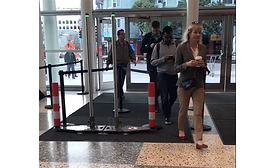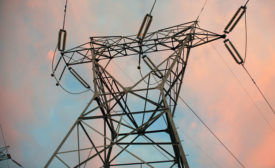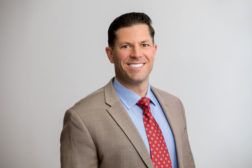Infrastructure:Electric,Gas & Water
How to Manage Lone Worker Safety in a Dynamic World
Employees who are out of sight cannot be out of mind
September 25, 2018
Utilities Combat Cyber Threats by Pooling Resources & Best Practices
The critical infrastructure sector is a tempting target, but it has plenty of resilience against attacks.
April 13, 2018
Sign-up to receive top management & result-driven techniques in the industry.
Join over 20,000+ industry leaders who receive our premium content.
SIGN UP TODAY!Copyright ©2024. All Rights Reserved BNP Media.
Design, CMS, Hosting & Web Development :: ePublishing








